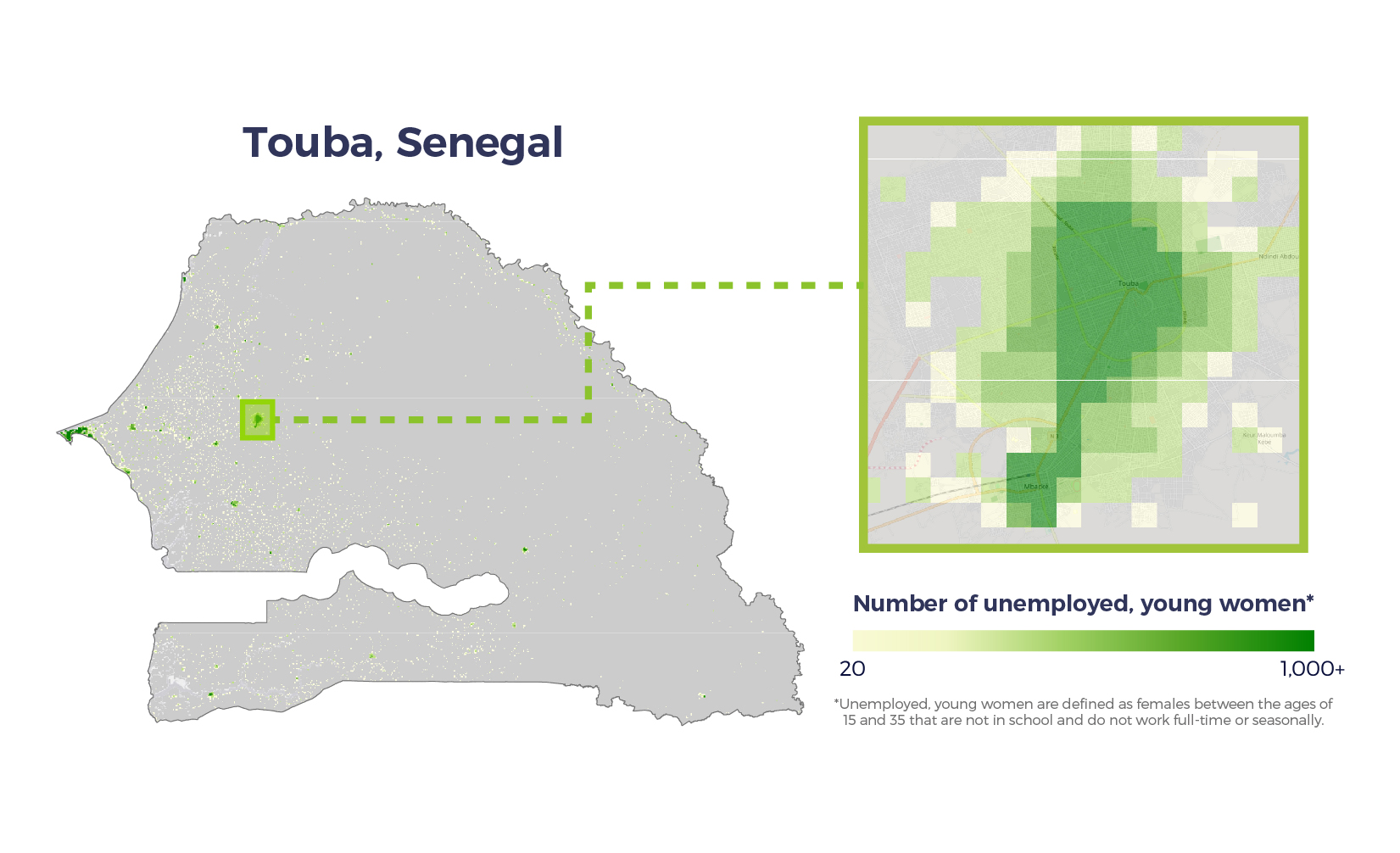Build Effective Social and Behavior Change Strategies

This year’s #EachforEqual International Women’s Day campaign argues that “equality is not a women’s issue, it’s a business issue.” Time and again, researchers confirm that economies which exclude participation in the workforce because of gender fail to maximize their full potential. While employment figures often exclude women’s contributions to an economy through informal or family work, low numbers of formal employment are still cause for concern.
Often, women working in informal occupations lack access to social protection systems and labor regulations despite contributing to their countries’ economy, a status the International Labor Organization calls “vulnerable employment.” In countries facing significant barriers to growth, steps to address gender disparities in the workforce can propel an emerging economy ahead and enable women to live secure and stable lives.
Developing countries consistently have higher numbers of women in informal employment. In Senegal, the employment rate for young men is 82%, compared to 40% for young women according to Fraym data. These figures translate into more than 1.1 million women between the ages of 15 and 35 being unemployed or working informally, often as contributing family workers. With AI/ML technology and our repository of data, Fraym analyzed the issue further to understand who these women are, where they live, and ways to potentially include them in the formal economy.
Fraym used advanced machine learning to enhance microdata pulled from household surveys, and created a hyper-local map across Senegal that quickly highlighted pockets of young, unemployed women. These hotspots tend to be in rural areas, where 85% percent of young men are employed compared to 35% of young women. Diving further into the data, Fraym found that these women typically live in large households with an average of 10.7 members – 65% are married and have children, and most likely work as contributing family workers.
After looking at these women’s available resources, Fraym identified two addressable barriers that may be preventing these women from formal work: limited education, and mobility. Programming around literacy and education is widely accepted as a high-impact way to expand employment options for young women, and Fraym data confirms the need: a little over a quarter of young unemployed women in Senegal are literate.
For more immediate impact, Fraym analysis shows expanding access to mobility could address other barriers these women face. Only 10 to 13 percent of young, unemployed women live in a household with some kind of transportation asset, whether that is a car, scooter, or bicycle. For young unemployed women in rural areas of Senegal, the government and its partners have multiple options to quickly address concrete challenges to formal employment among young women.

Young women in Senegal have dramatically low rates of formal employment, numbers that the global community needs to address to achieve the gender equal world that International Women’s Day envisions. Reducing levels of vulnerable employment among women increases their access to labor regulations and social protections and creates economic growth for their countries in the process. Local level data generated via ML transforms this intimidating goal into quantifiable challenges we can address – from girls’ education to bicycles in rural areas of Senegal.